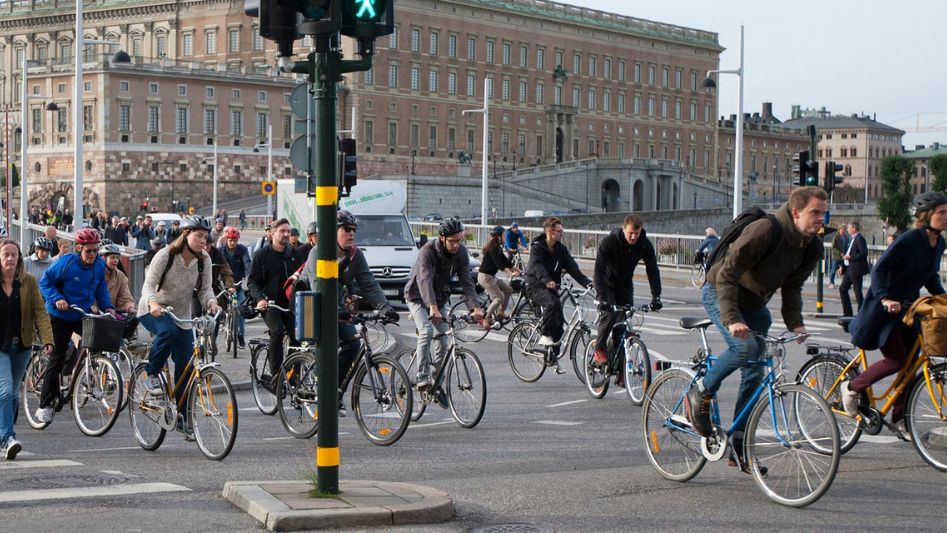Learn how communities can reduce carbon emissions through sustainable initiatives, transportation, energy efficiency, and renewable energy
Table Of Content
Introduction
Climate change is one of the most pressing issues of our time, and it’s crucial that we take action to reduce our carbon emissions. While individual actions can make a difference, it’s important to remember that fighting carbon emissions is a collective effort. In this blog post, we’ll explore how communities can come together to make a real impact in the fight against carbon emissions.

Community-wide Initiatives
One of the most effective ways for communities to reduce carbon emissions is by implementing community-wide initiatives. These can include things like recycling programs, public transportation systems, and bike-sharing programs. By working together, communities can make it easier for residents to make sustainable choices and reduce their carbon footprint.
Encouraging Sustainable Transportation
Another important aspect of fighting carbon emissions is encouraging sustainable transportation. This can include things like promoting the use of electric cars, bicycles, and public transportation. Communities can also work to improve the infrastructure for these forms of transportation, making them safer and more convenient for residents to use.

Promoting Energy Efficiency
Promoting energy efficiency is another crucial aspect of fighting carbon emissions. Communities can work together to encourage residents to use energy-efficient appliances and lighting, and to properly insulate their homes. Additionally, communities can work to retrofit public buildings with energy-efficient technologies.
Supporting Renewable Energy
Supporting renewable energy is another important step in fighting carbon emissions. Communities can work together to invest in renewable energy sources such as solar and wind power. This can include things like installing solar panels on public buildings, or working with local utility companies to increase the amount of renewable energy they provide.
Conclusion
In conclusion, fighting carbon emissions is a collective effort that requires the participation of communities. By working together, communities can implement community-wide initiatives, encourage sustainable transportation, promote energy efficiency, and support renewable energy. Together, we can make a real impact in the fight against climate change.

Frequently Asked Questions
What are the most effective ways for communities to reduce carbon emissions?
Community-wide initiatives, sustainable transportation, energy efficiency, and renewable energy are all effective ways for communities to reduce carbon emissions.
How can communities encourage sustainable transportation?
Communities can encourage sustainable transportation by promoting the use of electric cars, bicycles, and public transportation and by improving infrastructure for these forms of transportation.
What can communities do to promote energy efficiency?
Communities can promote energy efficiency by encouraging residents to use energy-efficient appliances and lighting, and to properly insulate their homes. Additionally, communities can work to retrofit public buildings with energy-efficient technologies.
How can communities support renewable energy?
Communities can support renewable energy by investing in renewable energy sources such as solar and wind power, installing solar panels on public buildings and working with local utility companies to increase the amount of renewable energy they provide.
Can individuals make a difference in fighting carbon emissions?
Yes, individuals can make a difference by reducing their own carbon footprint through sustainable choices and supporting community-wide initiatives.
Is fighting carbon emissions only the responsibility of government?
No, fighting carbon emissions is a collective effort that requires the participation of individuals, communities, businesses and government.
Are there any financial incentives for communities to reduce carbon emissions?
Yes, many governments offer financial incentives for communities and businesses to invest in renewable energy and energy efficiency.
Are there any community-wide initiatives that are easy to implement?
Yes, recycling programs, public transportation systems, and bike-sharing programs are easy to implement and can make a big impact on reducing carbon emissions.
How can a community know if their initiatives are effective in reducing carbon emissions?
Communities can measure their success by tracking their energy consumption and carbon emissions over time and comparing it to their goals.
You May Also Like
- THE ROLE OF CARBON CREDITS IN ACHIEVING NET ZERO EMISSIONS
- WHAT IS THE CARBON FOOTPRINT OF A SOLAR PANEL? OVERVIEW AND EMISSIONS
- HOW PLANTING TREES OFFSETS CARBON
- 25 CITIES PRODUCE MORE THAN HALF OF WORLD’S URBAN GREENHOUSE GAS EMISSIONS
- ACTIONS TO ACHIEVE NET-ZERO EMISSIONS IN HONG KONG
